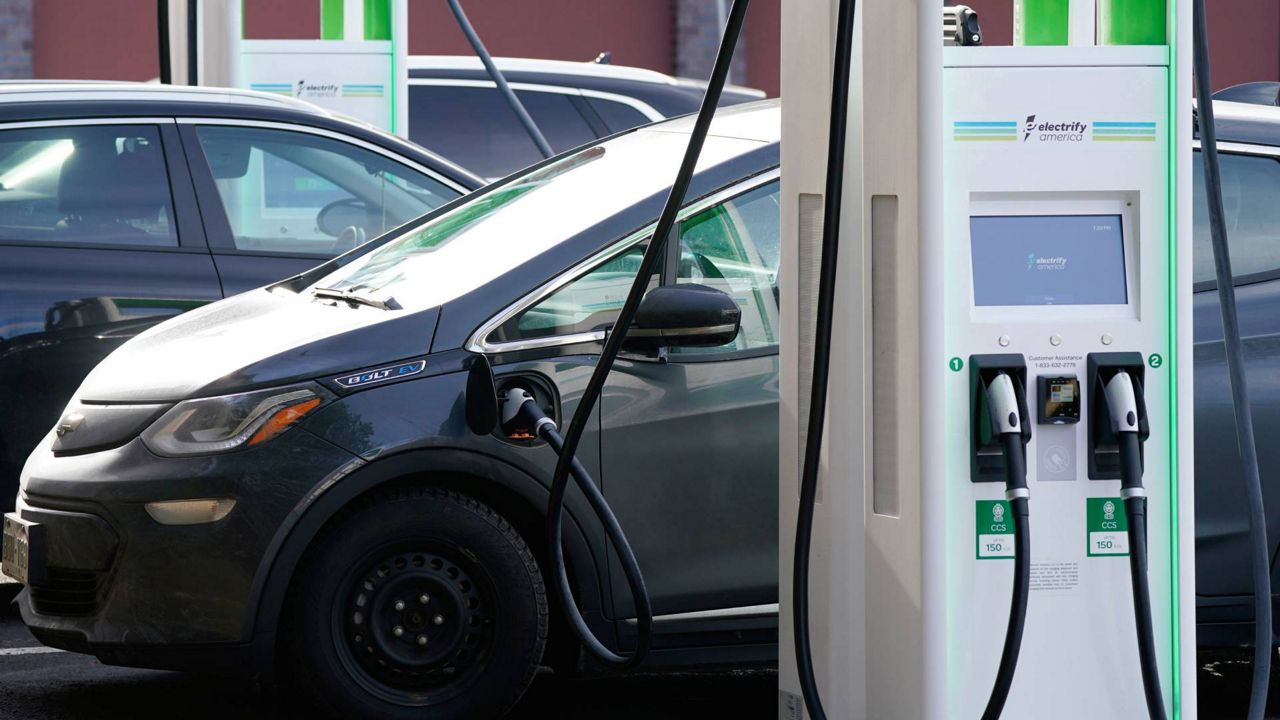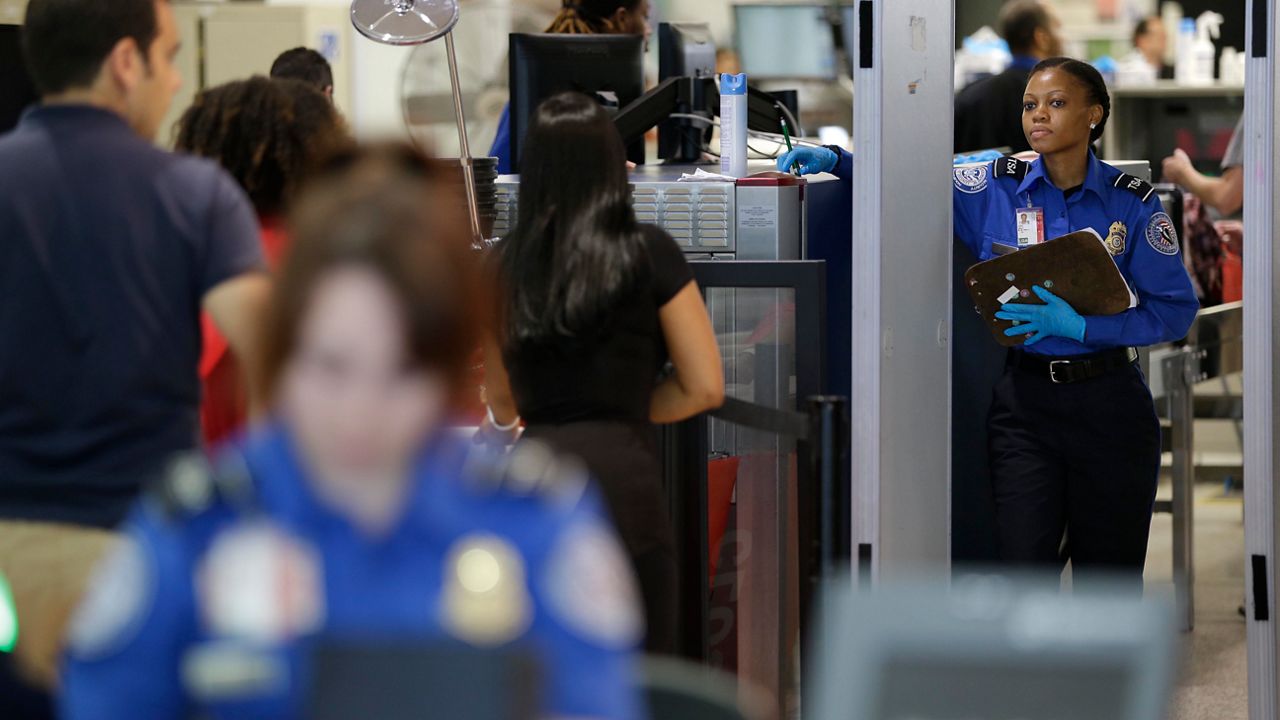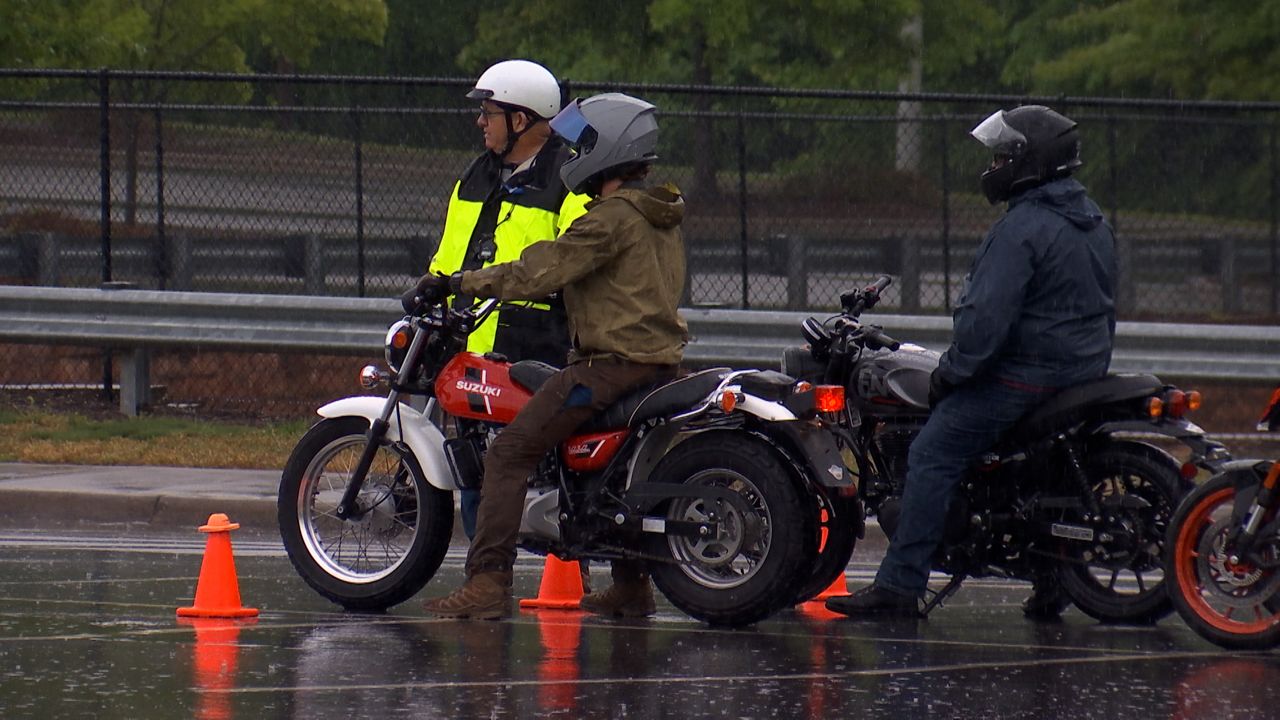LOWELL, N.C. — With colder temperatures on the way it may be time to pump more air into your tires and warm your car up before work.
Check your tire tread to make sure you have traction on the roads
Check your battery for any corrosion
Keep an emergency kit in your car
Assael Mendoza-Santos is the parts manager at Speed Street Collision Center. He says rain is the most popular reason they see cars coming in following a wreck. Winter weather is the second-most common.
"When winter comes, we see more wrecks because of tires," Mendoza-Santos said. "Because when they come in, we lift [the car] up, and we realize their tread almost always looks like this. You don't have traction with the road, which can cause an accident."
Mendoza-Santos was referencing an old tire the center removed from a car with the tread worn down.
In addition to checking tires for worn tread, he also suggests adjusting the air pressure.
"Each vehicle has a different tire pressure per square inch, so your PSI. And this [car] for instance is about 40, 35 in the summer, but you always want to put about 5 more in the winter because as [the temperature] decreases your tire pressure decreases as well."
Check your windshield wipers for streaks, which he says is an indication they need to be changed soon.
Mendoza-Santos also recommends popping the hood and checking the battery for any corrosion.
"What that really means is — with the corrosion building up — it could block the amps for the battery," Mendoza-Santos said. "Whenever you're starting your car, and you can feel like it's having a hard time starting, that's a good indicator that you need to get a new battery or even get it checked."
Finally, he suggests keeping an emergency kit or snow kit in your car in the event there is an accident. This could include a small shovel, blanket, sand, water and nonperishable foods.
"One of the most important things is safety," Mendoza-Santos said. "Even though we are a collision center, we want to make sure that everybody is safe."










